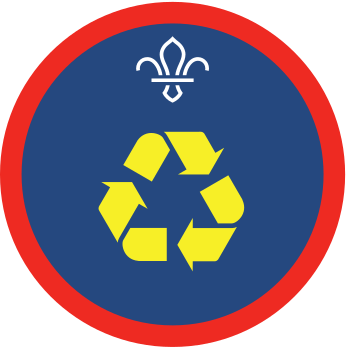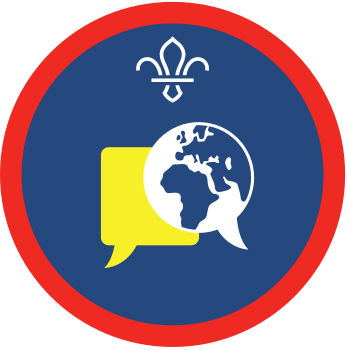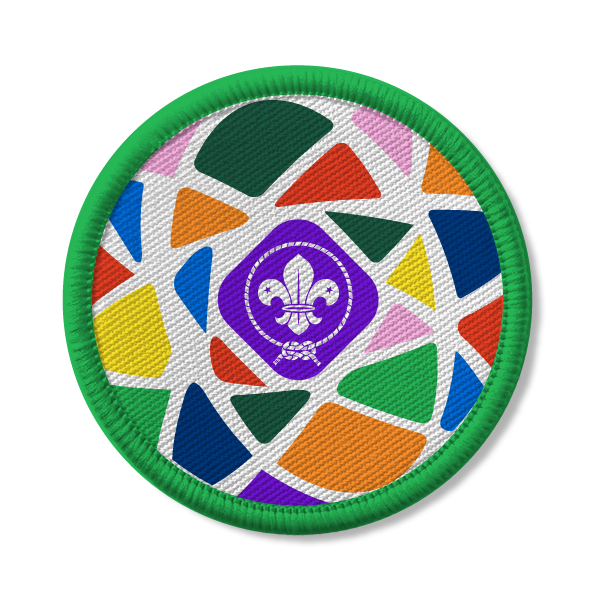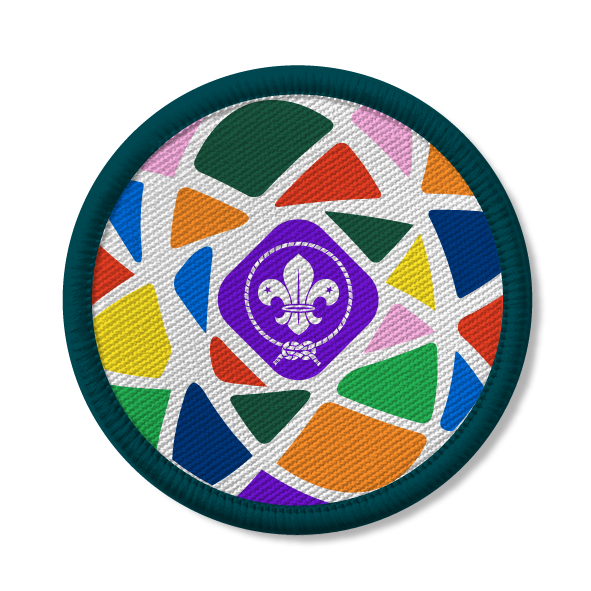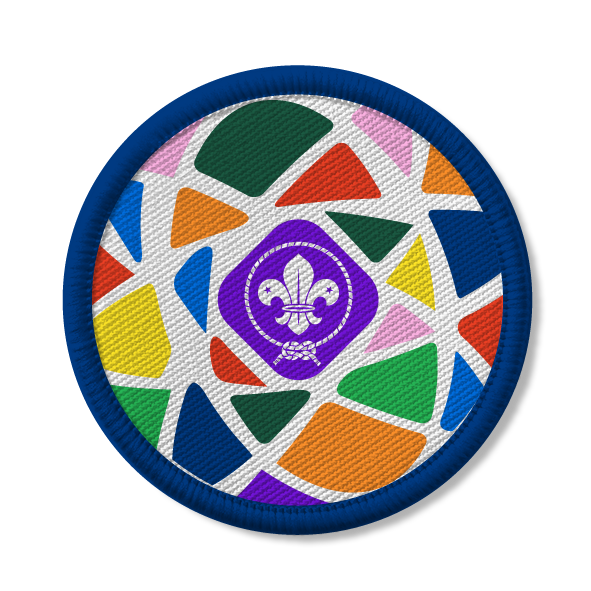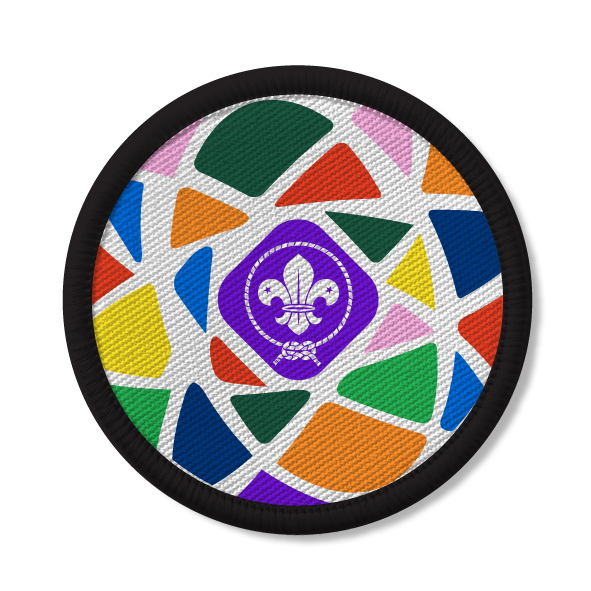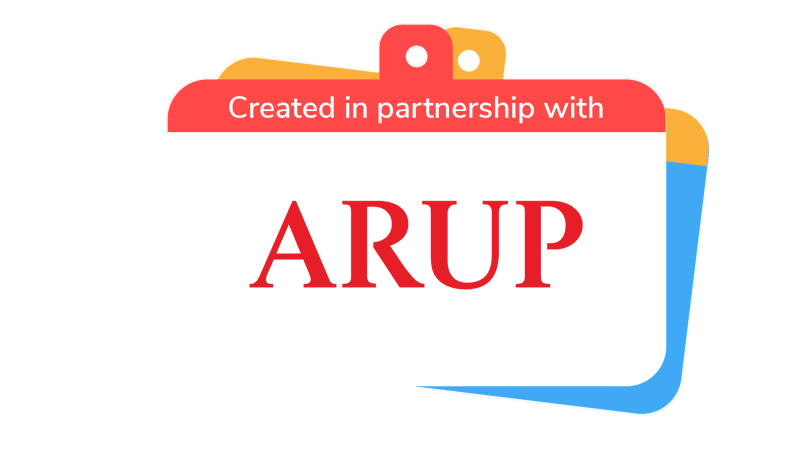
Learn how to reduce your water usage
You’ll need
- A copy of the activity sheet
- Pencils/pens
Before you begin
- Use the safety checklist to help you plan and risk assess your activity. There's also more guidance to help you carry out your risk assessment, including examples. Don’t forget to make sure all young people and adults involved in the activity know how to take part safely.
- Make sure you’ll have enough adult helpers. You may need some parents and carers to help if you’re short on helpers
Planning this activity
- This activity will take at least two sessions to complete, with some work at home for everyone to do to gather their water usage.
- Make sure all participants have a printed copy of the activity sheets and have it ready to use.
- Depending on the age group, parents and carers may need to be told about the activity.
Learning about our access to water
- Tell everyone that water’s usually readily accessible in the UK, as we can often get some at the turn of a tap.
- Explain that we’re often unaware of the environmental impact of our how much water we’re using or where it’s coming from.
- Ask if anyone has had ever experienced a hose pipe ban in the UK. Tell everyone that this is one way we can manage water to avoid a drought and can often remind everyone that water isn’t an endless resource.
- Tell people that in some countries, water isn’t readily available. For some countries, this may be because they suffer from periods of drought (lack of rain). For some countries, clean water can only be created by purifying dirty water or purifying seawater, which uses a lot of energy, so can be too expensive.
- Ask everyone if they’ve ever spent time somewhere with no running water. If anyone has, ask them what this was like.
Why do we need to save water
- Explain to everyone that there are three important reasons for people to save water.
- See if anyone can guess them. The three reasons are:
-
- Saving energy: Conserving water saves energy. Energy’s needed for lots of things in your home, such as heating and cooking, so reducing your water use also reduces your carbon footprint.
- Saving the environment: Using less water keeps more in our ecosystems and helps to keep wetland habitats well-saturated for animals, such as otters, water voles, herons and fish. This is especially important during drought periods and in areas, such as South East England, where there’s a big demand on water supplies.
- Saving money: Reducing the amount of water we use can save you money. If you’ve a water meter then the less water you use, the less you may be charged by your water company.
Measuring water use in the home
Explain that this activity aims to show us the amount, or volume, of water we use. We’re going to do this by spending a week recording our water use in the home. Give everyone a copy of the activity sheet and ask them to complete it over the next week. You may want to talk through what everyone needs to.
Getting back together
- At your next session, ask everyone to bring in their sheets.
- Everyone, with an adult volunteer’s help if needed, should add up their water usage.
- Ask everyone if their results are surprising.
- Ask everyone which element was the most surprising.
- Get everyone to discuss the ways they can reduce water usage.
- Explain that some water can be recycled or reused. Some examples of recycling or reusing water include water from sinks, showers or baths.
- Ask everyone where they think water could be recycled or reused in our homes. People suggest ideas, such as using washing up water to water plants or reusing leftover drinking water on plants.
Learning about greywater
- Tell everyone that water used and coming into our homes from the mains is clean drinking water and is also known as potable water.
- Explain that we often think of sewage as going out as the only wastewater from our homes. This is known as blackwater, as it’s contaminated with human waste, which can contain harmful bacteria and disease-causing pathogens. Roughly a third of the water used in households is used in toilets and is known as blackwater.
- Ask everyone what about the rest of the wastewater? See what people think about wastewater from baths, showers, washing machines, dishwashers and sinks. Let people share their ideas.
- Explain that wastewater from baths, showers, washing machines, dishwashers and sinks referred to as greywater, which typically makes up between 50-80% of a household’s wastewater.
- Tell everyone that greywater is much easier to treat and recycle when compared with blackwater as there’s no household waste in it. If recycled properly, greywater can save approximately 70 litres of potable water per person, per day in domestic households.
- Explain that greywater recycling is one of several water solutions that we can look into in order to decrease our usage, but this may not work for everyone.
Improving our usage
- Ask everyone to gather in small groups and come up with some ideas of ways to save water. They can write them down.
- Gather back together in a big circle.
- Read out the following tips and ask groups to put their hand up if they had written down the idea. It doesn’t matter how many each group get!
- The tips are:
- Change the taps in your house to ones that have water flow control valves. These reduce the volume per minute of water coming out the tap. You can also fit these to showers.
- Save the water used when waiting for the cold water to turn warm as you’re running the tap. It could be caught in a pan or washing up bowl. This can be used in other ways, such as to water your plants or fill the kettle.
- New appliances are generally getting better at using less water. Look carefully at the energy and water efficiency when you need to buy a new one to see which is best.
- Make sure your taps are properly turned off and change washers promptly when taps start to drip.
- Water outdoor plants in the early morning or at the end of the day to stop water immediately evaporating in sunlight and heat. In summer, use any water from paddling pools to water the plants or grass in your outdoor space, too.
- Water the soil so that the liquid goes straight to the roots, where it’s needed.
- Using a watering can, instead of a hose pipe to be more direct with garden watering and use less water.
- Turn off any garden sprinklers.
- Collecting rainwater, including from the gutters, in water butts.
- Use mulch and bark in green spaces, as it’ll help to reduce evaporation by up to 75%.
- Plant drought-resistant plants that don’t require as much watering.
- Switching to an efficient shower head.
- Some toilets have two flush buttons. The smaller one uses less water and can be used more often.
- When running a bath, thinking how much water you really need to have a wash in.
- Use a shower, where possible, instead of a bath.
- Keep your shower to under four minutes. Lots of water companies will send you a shower timer for free!
- Turning the tap off in-between uses while brushing your teeth.
- Put a large bottle of tap water in the fridge to save waiting for the tap to run cold. Waiting for the tap to run cold can waste 10 litres of water a day!
- Only fill the kettle with the amount of water needed.
- Put lids on saucepans to reduce the amount of water lost during heating.
- Put your dishwasher and washing machine on with full loads and on an eco-setting wherever possible.
- Use a washing-up bowl in your sink to reduce the volume of water you use to fill the area.
- Regularly check your kitchen pipes and the dishwasher hose for slow leaks.
- Use leftover water from cooking pans or from leftover water bottles to make stocks for soups or water plants.
- Steam your food to cut water usage and retain more of the natural nutrients.
- It takes a lot of water to produce our cereal, fruit and other food. Make sure to reduce food waste and try to eat food that’s in season.
Sharing the knowledge
- Everyone should choose their favourite three tips.
- They should now make a poster, or piece of artwork, to share why conserving water is important and some tips to help others.
- See if you can put them up in the local community.
Taking what we learn home
- Now give everyone a new sheet to manage their water usage.
- See if this time people can use what they’ve and can they reduce their usage.
- Gather everyone back together the following week and compare the results.
Reflection
This activity is all about reducing your water usage. Did the result surprise you? What did you use the most water for?
What was your favourite tip? Were there any ways your household or you wasted lots of water? Did you tell them, and did it make a difference? Is there anyone else you told?
After doing this activity for a couple of weeks, did you see a significant difference in your water consumption? Did you have to make big changes or small changes? What will you be doing next?
Safety
All activities must be safely managed. You must complete a thorough risk assessment and take appropriate steps to reduce risk. Use the safety checklist to help you plan and risk assess your activity. Always get approval for the activity, and have suitable supervision and an InTouch process.
- For younger groups, you can make the table smaller and have them only track a couple of the things instead of all of them.
- Make sure there are volunteers or young leader on hand who can help with different aspects of the activities, such as assisting with the maths. You could also supply calculators.
- If someone’s struggling with the writing, reading or maths section of this activity, they could work with a partner, so they can help each other. You can have people work in pairs, so anyone who may need extra help can be supported.
- If needed, let people be in bigger groups to make sure everyone’s supported in taking part in the activity. A young leader could join a group to help people to take part, too. You can have the discussion together to help people come up with ideas and have a few ideas written down too to help people.
- People should share in whatever way works for them, whether that’s writing, drawing, speaking, or something else. If people aren’t comfortable sharing with the group, people could get into pairs or small groups to chat about what they’ve learned instead. Remember, people should only present back to other groups if they're happy and comfortable to.
- If people find it difficult, you could have a ready-made list of people to write to as well as a bank of sentences the young people could use to formulate their notes.
- For the poster or piece of art, there are lots of different ways to be creative. People can choose what works best for them, or just what they most enjoy for their poster or piece of art. If someone is struggling with the arts and crafts section of this activity, they could work with a partner, so they can help each other. Anyone who struggles with creating a design could be given paper with a pre-drawn image that they can glue or stick craft materials onto.
- When writing or making art, if anyone needs help or struggles with fine motor skills, give them the opportunity to work in pairs with another young person, with a young leader or an adult volunteer. They could use larger materials, or you could swap out the items for something easier to handle.
- Make sure that all the materials are at a level that can be easily worked on by wheelchair users.
- If anyone’s colour-blind, you may need to use different colours or different materials. Make sure to print the sheets large enough for everyone to be able to see them, too.
All Scout activities should be inclusive and accessible.
In addition to what you’ve learned using these activities, there’s lots you can do to help the environment and our water supplies.
You could go on a litter pick near a local river or beach. You could connect with organisations, such as the Rivers Trust, to help with water quality testing on a WaterBlitz or RiverBlitz initiative. You might be able to support invasive species removal and habitat creation, too.
See if you can put posters up, install efficient taps or install a water butt at your meeting place and look at ways to be more water efficient at your meeting place, as well as in your activities. You may want to stop doing any activities that waste water or only use rainwater harvested to water plants.
Finally, you could invite a speaker from a water charity to your session. There are lots of charities may be able to visit your group to explain more about their work. One suggestion is WaterWise, who are a not-for-profit campaign that encourage reduction in UK water consumption.

